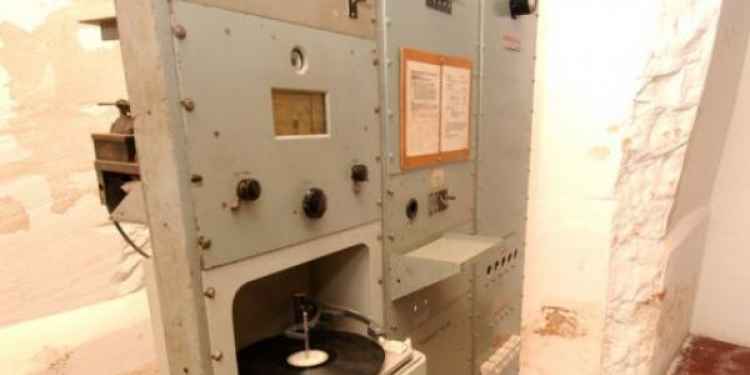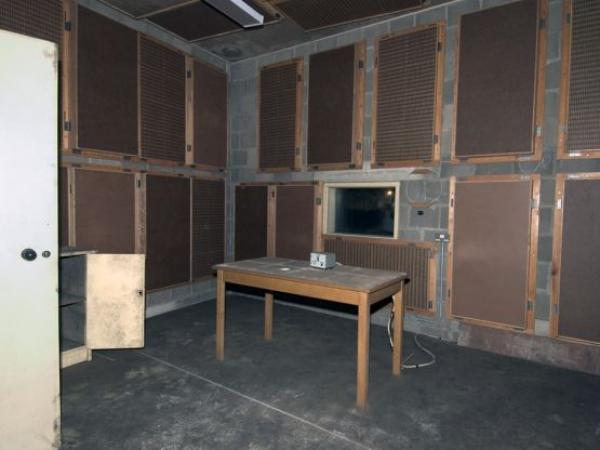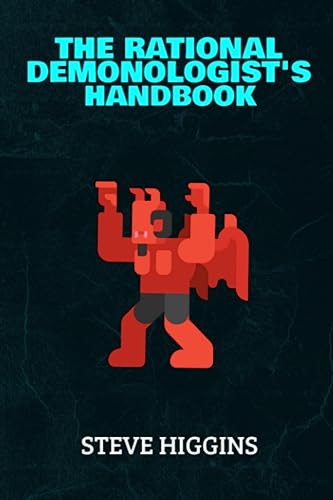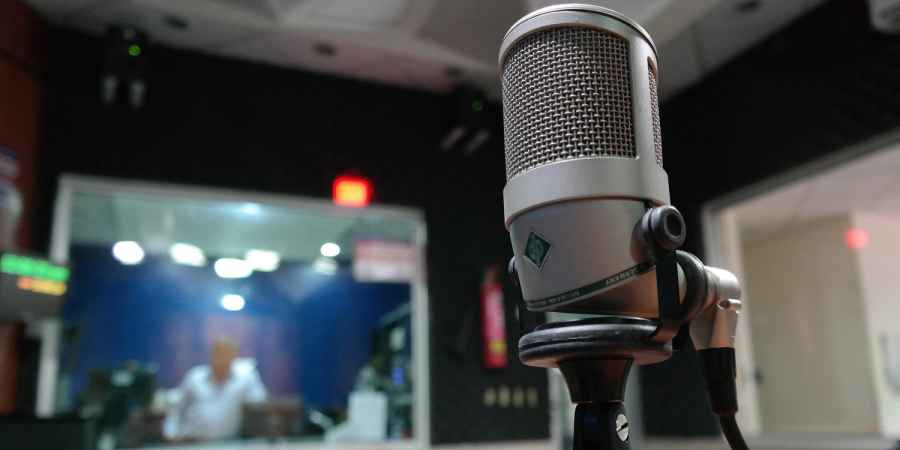The Secrets Of The BBC's Wartime Broadcasting Service
The BBC's Wartime Broadcasting Service first went in to operation during the Second World War, the service was updated and on standby throughout the Cold War with studios and broadcast equipment hidden in secret bunkers across the UK.

Photo: Crown Copyright

Photo: Crown Copyright
This page is more than ten years old and was last updated in July 2017.
Staff and resources were relocated to a site at Wood Norton near Evesham. By the end of the 1960s a large bunker was built housing four radio studios and accommodation for 100 staff.
The BBC revised its plans with the threat of nuclear attack looming, it was decided that the broadcasting service could be used to provide the population with instructions, information, guidance, news and Central Government announcements. It was also hoped that the service would give encouragement and relieve stress and strain, this was to have been achieved through pre-recorded entertainment programmes and records which would have made up fifty percent of the BBC's wartime programming.
In the event of war, the BBC would have abandoned it's peacetime service and adopt the Wartime Broadcasting Service. The aim of the Wartime Broadcasting Service was to provide medium-wave civil defence regional broadcasting across the UK, which at the time would have been divided in to twelve regions. There were nine civil defence regions in England. Scotland, Wales and Northern Ireland were each regarded as separate regions.
It was assumed that in the event of nuclear strike, London and other major cities would be destroyed and communications over the rest of the country would be severely disrupted, this is why it was essential that each region was capable of acting independently of Central Government to advice and instruct the population of their region.
The service was to be delivered through a network of 54 low powered medium-wave transmitters. The BBC's main high-powered transmitters could not be used, as it was a worry that enemy aircraft would use them for navigation.
Wood Norton would provide a continuous national programme. BBC staff posted at Regional Government Headquarters around the UK could opt in to this service at any point when the regional commissioner did not require use of the system. In this way the maximum number of listeners would hear the vital life-saving information broadcasted in these transmissions. The BBC's regional staff were also prepared to provide programming in the event of the region being cut off from the central national output.
During an attack the Central Government would be relocated to the Emergency Government War Headquarters, Burlington in Corsham, therefore a studio and other facilities were installed in the bunker, which were connected directly to the existing facilities in Wood Norton. Burlington had one teleprinter circuit, one voice line and one fax line to communicate with Wood Norton.
BBC directors pre-selected eleven staff from London as well as reserves who were on stand-by to move to Corsham in the event of an attack on the UK.
The selected staff would have set out from London's Kensington Railway Station with security as a priority. As staff may have been manning the studios in Burlington up to a day or two before an attack it was of utmost importance that Burlington's existence and whereabouts should not become known to the enemy. The Government had instructed the BBC not to inform any of their nominated staff that they had been selected until as late as possible prior to relocation.

Photo: Crown Copyright
In charge in Burlington would be the Chief Assistant to the BBC Director General, directly underneath him was a team of five non-technical staff and five engineers. Their aim was to liase with Central Government. They were expected to interoperate the Government's broadcasting needs as well as keeping the Government up to date with the countries broadcast status. It was also likely that the team would need to facilitate any ministerial broadcasts as well as providing arrangements for urgent Government announcements and information to be sent out nationally.
There would also have been three BBC monitoring staff in Burlington who would have worked independently to the staff from London. These three staff, who would have relocated from Caversham would keep Central Government updated with the monitoring of foreign broadcasts being carried out at the monitoring facilities in Caversham.
The BBC were allocated four rooms within Burlington, in Area 16 rooms 56, 57 and 58 were set aside for the eleven staff from London. Room 73 in Area 14 was to be the wartime home of the BBC monitoring staff.
Advertisement ‐ Content Continues Below.

Photo: Crown Copyright
The studio facilities in area 16 of Burlington consisted of two rooms, both of which were the same size, the studios had hardboard panels attached to the walls to aid acoustics. There was a window between the two studios. Both of the studios were fully fitted out by the BBC, however this equipment was removed in the mid 80s. There was also a radio room. In area 15 a medium-wave transmitter was installed this fed a surface aerial which was suspended between a series of vertical posts in straight line, this would been capable of use for local transmissions. There was also a radio room which would have been used internally, there was a radio receiver which was tuned to the local BBC station, there was also the facility to play cassette and records through out the bunker.
Following a nuclear attack, control of the whole BBC would be handed over to the BBC's senior representative in Burlington as the Government were expected to take control of the Wartime Broadcasting Service from this location.
The moment when the Wartime Broadcasting Service would have gone in to action was know as 'N Hour' ('N' for National). An hour before this occurred a process of preparing the public and promoting the importance of the need to listen to the Wartime Broadcasting Service was started, this was known as 'A Hour' (Announcements Hour). At this time published peacetime programmes for both radio and television would cease for good, the visual network of the television service would not be used after this time but the Home, Light, Third and television sound network would work in conjunction to take announcements promoting the Wartime Broadcasting Service. This would continue for 30 minutes until a time known as 'S Hour' (Silent Hour). At this time transmissions would stop for 30 minutes leading up until the launch of the Wartime Broadcasting Service at 'N Hour', the televisions network would be closed down completely at this point. At 'N Hour' civil defence regional broadcasting would start supported by the single BBC national service.
The public were encouraged not to listen to the BBC's output from the long-wave Droitwich transmitter. The Droitwich transmitter had the an important role as it was capable of sending Wood Norton's nation output across the whole UK, this meant that it could be received and relayed by the regional broadcast teams. As Droitwhich's transmission was only the national programming, it meant that the public might miss important regional safety messages if they relied on this service only.
As the Burlington bunker was never required to be put in to action, the BBC studios were never used and as the bunker became moth balled, so did the studios. There is no doubt that where ever the designated place is today where the Government would hide away in the event of war, the BBC are there ready in the most secure radio studio in country.
The Complete 'Wartime Broadcasting Service Pre-Recorded Scripts: Script 1' - March 1974
1. This is the Wartime Broadcasting Service. (Within the past few hours) this country has been attacked with nuclear weapons. Communications have been severely disrupted, and the number of casualties and the extent of the damage are not yet known. We shall bring you further information as soon communications have been restored. Meanwhile, stay tuned to this wavelength, stay calm and stay in your own home.
2. Remember there is nothing to be gained by trying to get away. By leaving your home you could be exposing yourselves to greater danger. If you leave, you may find yourselves without food, without water, without accommodation and without protection. Radioactive fall-out, which follows a nuclear explosion, is many times more dangerous if you are directly exposed to it in the open. Roofs and walls offer substantial protection. The safest place is in doors.
3. Make sure the gas and other fuel supplies are turned off and that all fires are extinguished. If mains water is available, this can be used for fire-fighting. You should also refill all your containers for drinking water after the fires have been put out, because the mains water supply may not be available for very long. Water must not be used for flushing lavatories until you are told that lavatories may be used again, other toilet arrangements must be made. Use your water only for essential drinking and cooking purposes. Water means life: don't waste it.
4. Make your food stocks last: ration your supply, because it may have to last for 14 days or more. If you have fresh food in the house, use this first to avoid wasting it: food in tins will keep.
5. If you live in an area where a fall-out warning has been given, stay in your fall-out room until you are told it is safe to come out. When the immediate danger has passed the sirens will sound a steady note. The "all clear" message will also be given on this wavelength. If you leave the fall-out room to go to the lavatory or to replenish food or water supplies, do not remain outside the room for a moment longer than necessary. Do not, in any circumstances, go outside the house. Radioactive fall-out can kill. You cannot see it or feel it, but it is there. If you go outside, you will bring danger to your family and you may die. Stay in your fall-out room until you are told it is safe to come out or you hear the "all clear" or the sirens.
6. Here are the main points again:
2. Remember there is nothing to be gained by trying to get away. By leaving your home you could be exposing yourselves to greater danger. If you leave, you may find yourselves without food, without water, without accommodation and without protection. Radioactive fall-out, which follows a nuclear explosion, is many times more dangerous if you are directly exposed to it in the open. Roofs and walls offer substantial protection. The safest place is in doors.
3. Make sure the gas and other fuel supplies are turned off and that all fires are extinguished. If mains water is available, this can be used for fire-fighting. You should also refill all your containers for drinking water after the fires have been put out, because the mains water supply may not be available for very long. Water must not be used for flushing lavatories until you are told that lavatories may be used again, other toilet arrangements must be made. Use your water only for essential drinking and cooking purposes. Water means life: don't waste it.
4. Make your food stocks last: ration your supply, because it may have to last for 14 days or more. If you have fresh food in the house, use this first to avoid wasting it: food in tins will keep.
5. If you live in an area where a fall-out warning has been given, stay in your fall-out room until you are told it is safe to come out. When the immediate danger has passed the sirens will sound a steady note. The "all clear" message will also be given on this wavelength. If you leave the fall-out room to go to the lavatory or to replenish food or water supplies, do not remain outside the room for a moment longer than necessary. Do not, in any circumstances, go outside the house. Radioactive fall-out can kill. You cannot see it or feel it, but it is there. If you go outside, you will bring danger to your family and you may die. Stay in your fall-out room until you are told it is safe to come out or you hear the "all clear" or the sirens.
6. Here are the main points again:
- Stay in your own homes, and if you live in an area where a fall-out warning has been given stay in your fall-out room, until you are told it is safe to come out. The message that immediate danger has passed will be given by the sirens and repeated on this wavelength.
- Make sure that the gas and fuel supplies are turned off and that all fires are extinguished.
- Water must be rationed, and used only for essential drinking and cooking processes. It must not be used for flushing lavatories.
- Ration your food supply: it may have to last 14 days or more.
7. We shall repeat this broadcast in 4 hours' time. Stay tuned to this wavelength, but switch your radios off now to save your batteries until we come on air again. That is the end of the broadcast.
© Crown Copyright Notice: Images on this page are reproduced with the permission of the Controller of His Majesty’s Stationery Office.
Further Reading
Dive into the world of the paranormal and unexplained with books by Higgypop creator and writer Steve Higgins.

Encounters
A historical overview of UFO sightings and encounters, from 1947 to modern government reports.
Buy Now
The Rational Demonologist
An exploration of demonic activity, including possession, protection, and exorcism.
Buy NowMore Like This

Art BellFebruary 22, 2025
Art Bell's 10 Most Memorable Callers On 'Coast To Coast AM'

Art BellFebruary 17, 2025
What Is The Name Of Art Bell's Intro Song On His 'Coast To Coast AM' Show?

MoviesFebruary 14, 2025
Paul Giamatti To Play Paranormal Radio Host Art Bell In New Biopic Movie

RadioFebruary 13, 2025
Paranormal Tales From The World Of Radio
 See More on Audible
See More on Audible
Comments
Want To Join The Conversation?
Sign in or create an account to leave a comment.
Sign In
Create Account
Account Settings
Be the first to comment.